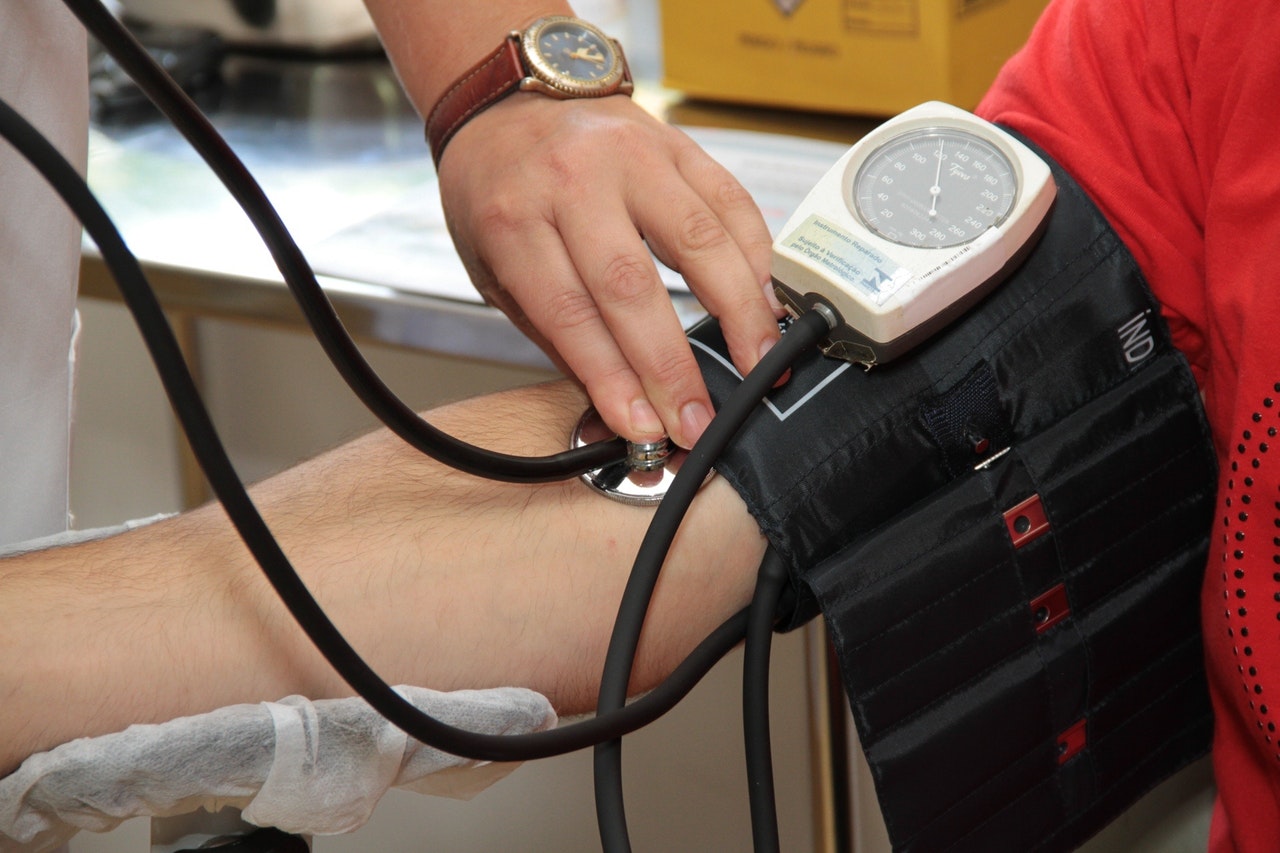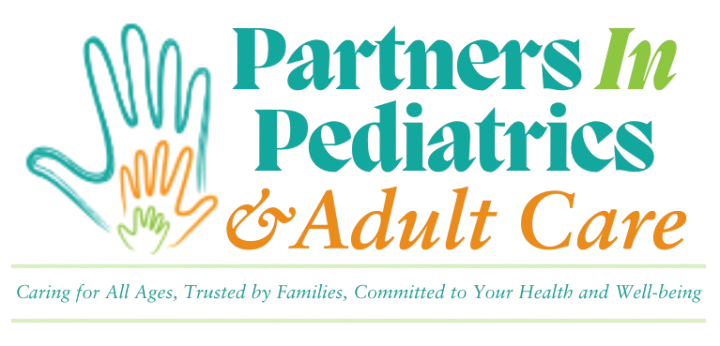
What Is Low Blood Pressure?
Low blood pressure, or hypotension, occurs when blood pressure readings fall below 90/60 mmHg. While many people aim for low blood pressure to avoid hypertension-related complications, extremely low readings can lead to insufficient blood flow to vital organs, which may result in permanent damage to the heart or brain.
Request an AppointmentUnderstanding Blood Pressure Readings
Blood pressure is recorded with two numbers:
- Systolic (top number): pressure when the heart beats
- Diastolic (bottom number): pressure when the heart rests
A normal blood pressure is around 120/80 mmHg. Readings below 90 systolic or 60 diastolic may be considered too low, especially if accompanied by symptoms.
Causes of Low Blood Pressure
Low blood pressure can be chronic or triggered by factors such as:
- Dehydration
- Pregnancy
- Certain medications
- Sudden position changes (orthostatic hypotension)
- Eating large meals (postprandial hypotension)
Symptoms of Low Blood Pressure
Some individuals have low blood pressure with no symptoms, but others may experience:
- Dizziness or lightheadedness
- Fainting
- Blurred vision
- Nausea
- Fatigue
- Depression
Treatment of Low Blood Pressure
Treatment depends on the cause and severity. Options may include:
- Increasing fluid intake
- Adding more salt to the diet (if approved by a doctor)
- Wearing compression stockings to improve circulation
- Adjusting medications that may be lowering blood pressure
- Treating underlying conditions, such as anemia or hormone imbalances
When to Seek Help
If symptoms such as fainting, confusion, or blurred vision occur frequently, or if blood pressure drops suddenly, medical evaluation is necessary. Maintaining a stable and healthy blood pressure is essential for heart and brain function.
